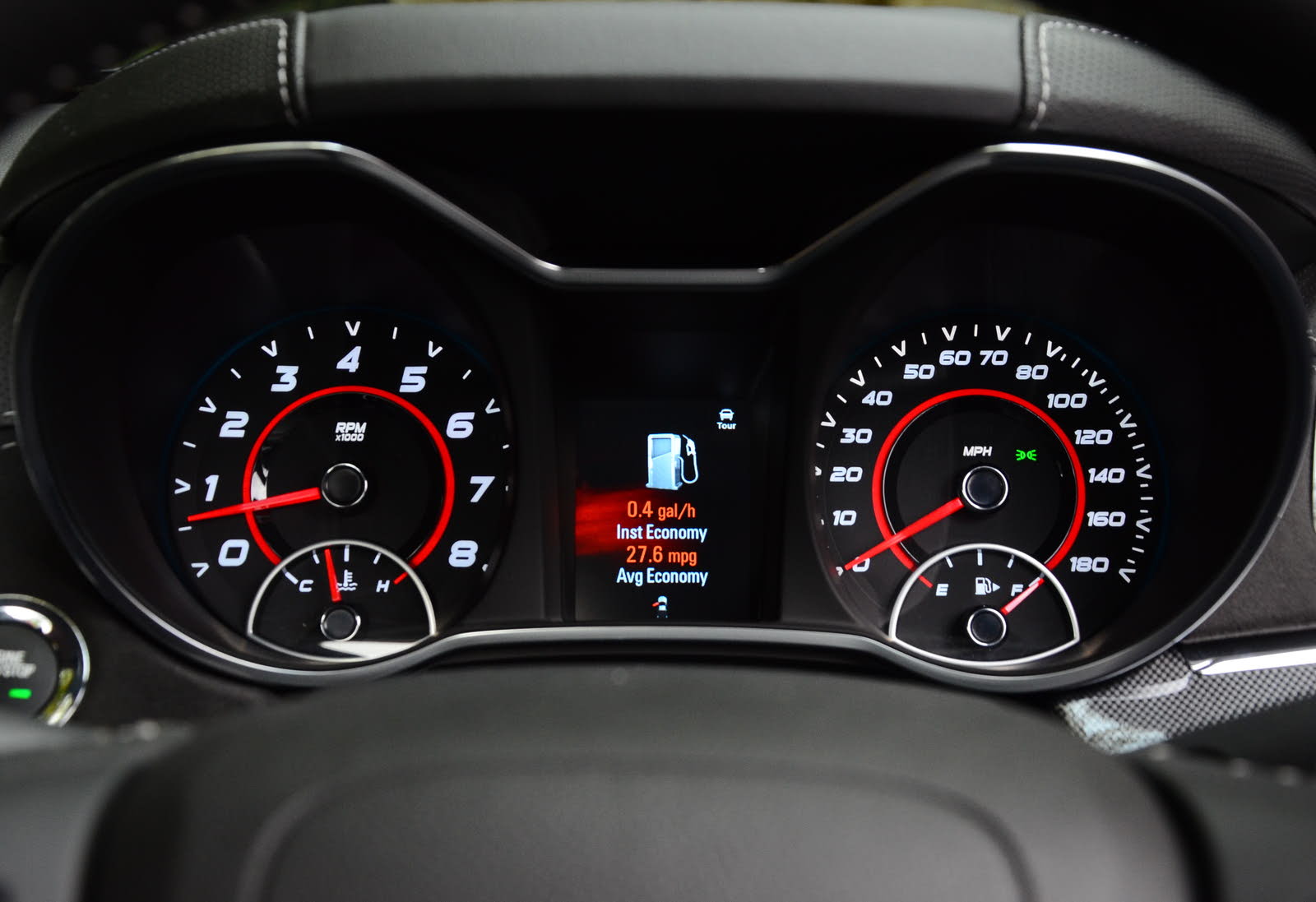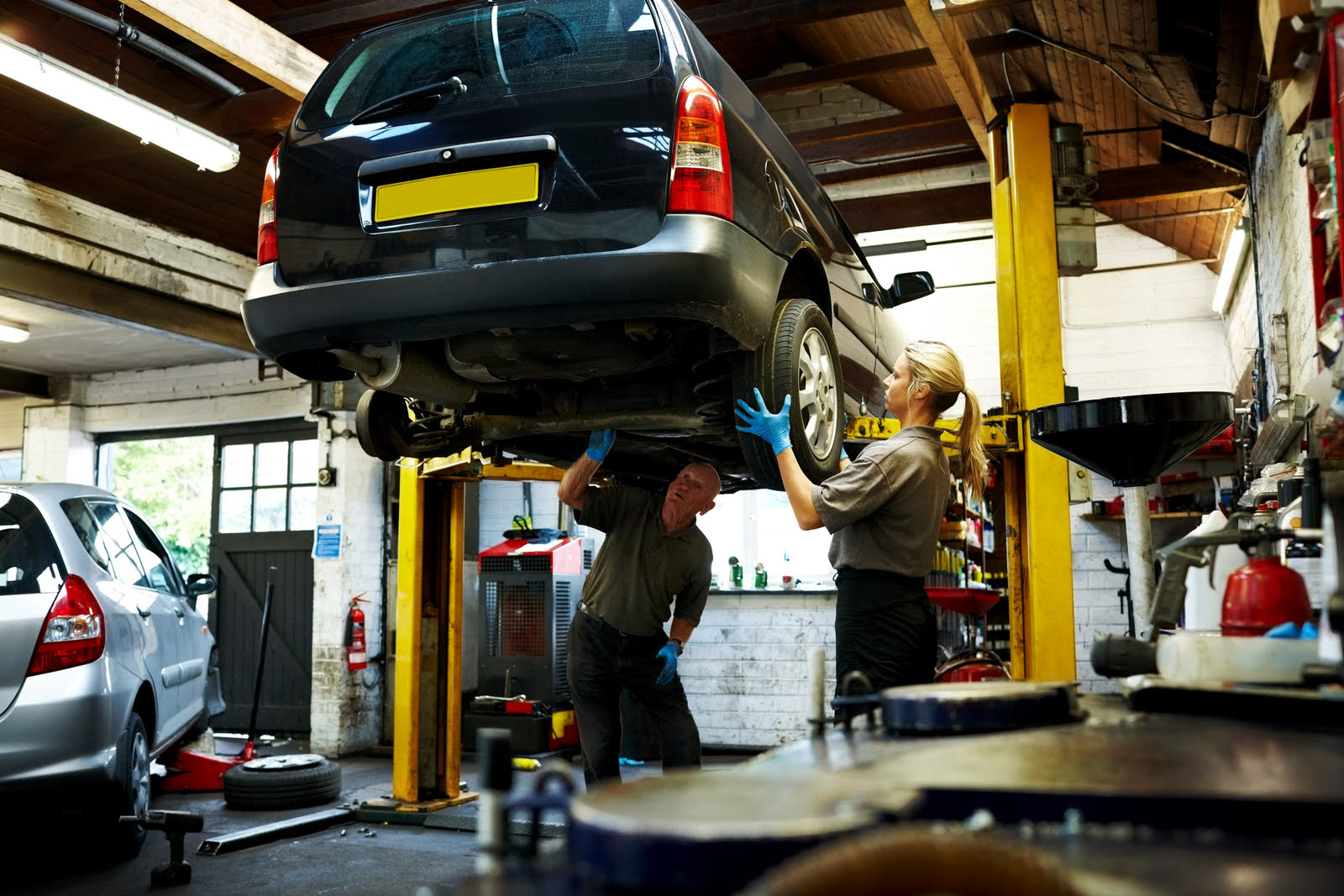If you’re shopping for your next car, you probably realise the expenditure doesn’t stop the moment you take ownership. Longer-term budgeting is a key consideration when it comes to car-buying, as the running costs can vary considerably. What might seem the best car for you based on the purchase price could turn out to be an unaffordably expensive car in the long-term.
Exactly how much you allow for each month's car costs will depend on the car you’ve chosen, but following the tips below will help you to plan ahead and avoid any unexpected surprises.

A spreadsheet will allow you to carry out this monthly budget exercise in arguably the most effective way. Not only will it help you to more accurately forecast affordability, but if you use a program like Microsoft Excel or Google Sheets, it can also do all the calculations for you. Exactly how you organise your spreadsheet is down to personal preference, but for the sake of this illustration, we will label the first vertical column ‘Costs’, with the next 12 columns titled Month 1, Month 2, Month 3 and so on until you’ve covered the whole year.
Below are our suggestions for what Costs to put in each row, as well as how they should be applied to the relevant months. You may have some additional expenses to consider, but these simple tips will put you on the right track to a successful budget.
Row 1: Purchase Price or Deposit If you’re using savings to purchase the car outright, list this figure under Month 1. Similarly, any one-off downpayment required for a car that is being financed should also go into Month 1.
Row 2: Monthly Repayment Shoppers who are borrowing money to buy a car, whether it is by bank loan or car finance, will need to consider the monthly payments, including any interest due to the lender. Enter this monthly car payment figure for every month of the year.
Row 3: Insurance Car insurance is a legal requirement in the UK, so you must factor the cost of it into ownership. You can choose to either pay this as a one-off cost at the start of the ownership period, in which case list the figure under Month 1, or you can pay monthly by direct debit. If you choose the latter, record your monthly cost in the relevant monthly columns.
Row 4: Road Tax The amount of road tax or car tax (properly known as Vehicle Excise Duty or VED) you pay is determined by a range of factors. Depending on how old the car is, these might include its engine size, CO2 emissions, or purchase price. As with insurance, you can pay 12 months up front, in which case enter the amount under Month 1, or you can pay every six months (enter the amounts in Month 1 and Month 7), or by monthly direct debit (enter the monthly amount in months 1 through 12).

Row 5: Fuel Manufacturers are obliged to quote official miles-per-gallon (MPG) figures for their cars, but due to the nature of the laboratory tests under which these figures are obtained, they can be rather optimistic. Instead, research online what the ballpark ‘real world fuel economy’ of your car might be, both by reading reviews and checking owners’ forums.
Next, work out how many miles you travel on a monthly basis and divide this by your car’s MPG figure to find out how many gallons of fuel you’ll use each month. Due to the way we like to mix metric and imperial measurements in the UK, you now need to convert those gallons into litres (divide the number of gallons by 0.21997, or use an online calculator).
Finally, check the current cost of petrol or diesel (expressed in pence per litre) and multiply it by the number of litres used. This will give you a rough fuel cost to add to the spreadsheet for each month.
If you are thinking of buying an electric car, the fuel costs (the fuel of course being electricity) will be significantly cheaper than petrol or diesel. However, it’s still worth considering how many miles your preferred car will travel on a full charge and how much that full charge will cost. Combine these numbers with your estimated monthly mileage to determine a rough estimate of your monthly fuel costs.

Row 6: Servicing and Maintenance How much you budget for maintenance will depend on several factors, such as whether you are buying a new vehicle or used car, if the car has a warranty, and what type of car it is.
The good news is most car dealerships and independent garages work to their own fixed-price servicing menu, which can be looked up online. Unless you drive in excess of 12,000 miles a year, servicing is generally required only annually. However, your maintenance schedule will alternate between minor and major services, so be sure to check your car’s service history and mileage to see what is due in the coming year, and enter this figure into your spreadsheet against the relevant month.
Row 7: Warranty/Contingency We all hope that we're buying a reliable car. If you are buying a relatively new car or one from a used dealer, chances are it will come with a warranty of some kind. Broadly speaking this will cover costs if a specified item goes wrong within the warranty period, although the exact details of what is and isn’t covered will depend on the warranty in question. For cars outside their original or dealer warranty, you might want to organise separate warranty cover for a one-off annual cost or set aside a monthly contingency fee to cover wear and tear items such as tyres and brakes, as well as unexpected repair costs. Either way, enter this figure into your spreadsheet against the relevant month or months.

Row 8: MoT If your car is more than three years old it will need to pass an annual test to ensure it is roadworthy. The cost for this Ministry of Transport test is capped at £54.85, so enter this into your spreadsheet for the month your car’s current MoT is due to expire.
Row 9: Extras As a belts and braces approach, you could keep a final row for any extras such as GAP insurance if you decide to take it out, valeting if you like to have the car cleaned regularly, the London Congestion Charge if you often drive in the capital, or even a residents’ parking permit if required.
Finally, the Sums With a bit of spreadsheet wizardry you can now add up all your monthly costs at the bottom of each column, which will in turn reveal the total cost and how much you should budget to buy and run your car. As a rough guide, this figure ideally shouldn’t account for more than 20% of your take-home pay.
